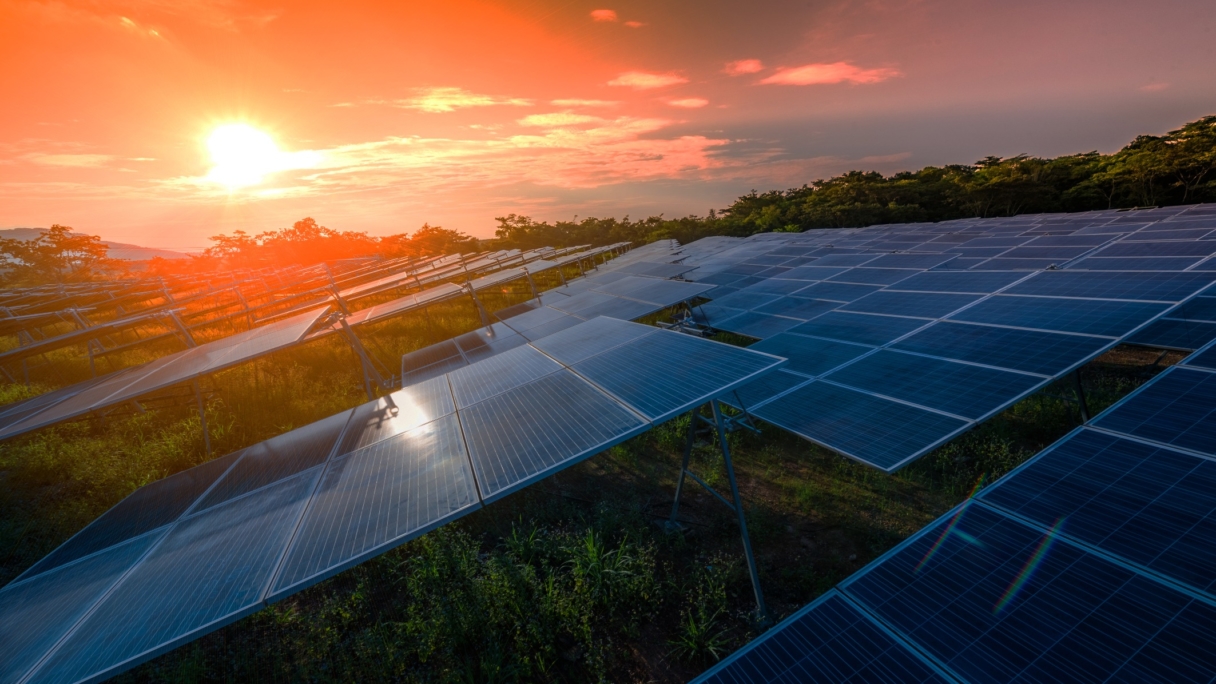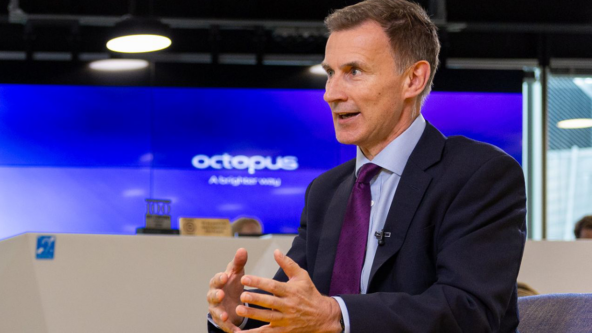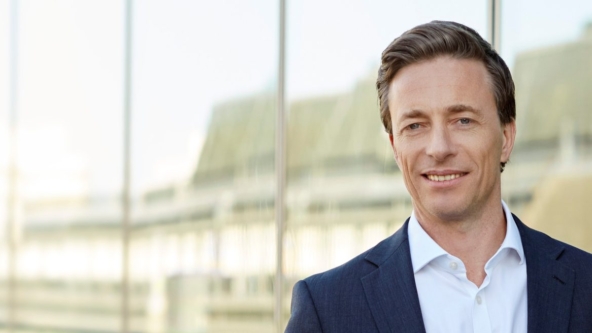Octopus has been involved in renewable energy investing for over a decade now. Over that time, we have grown to be the UK’s largest specialist manager of commercial-scale solar sites.1
We have an in-house team of over 65 people focused on renewable energy. This includes a team of people who oversee the day-to-day management of existing sites to make sure they are performing optimally, as well as people whose focus is finding new investment opportunities.
Fern Trading Limited (Fern) is the portfolio company into which new investments in the Octopus Inheritance Tax Service are currently invested. 100% of Fern’s shareholders are investors in this service. This enables us to make sure that Fern’s strategy is completely focused on delivering the product mandate: to qualify for Business Relief and to deliver 3% growth for investors with a focus on mitigating downside risk. Renewable energy has played a big part in helping Fern deliver this strategy.
Fern started out as a small company focused almost entirely on its lending business. Part of this lending was to fund part of the construction costs of solar sites, alongside its property lending business. This has been a successful division of Fern’s group, and it has lent more than £1.3 billion across 212 loans to fund renewable energy construction over the last ten years.
As Fern has grown, it has diversified its business to better target predictable long-term growth for investors. One way that Fern achieved this is by evolving the energy division to include owning and operating the renewable energy sites, including some sites it previously lent to. Renewable energy now makes up over 55% of Fern’s business, with over 200 sites across solar, wind, biomass, and landfill gas technologies. To find out more about Fern’s business overall, you can read about our strategy for Fern here.
Becoming an operator of renewable energy sites
As the renewable energy sector became more established in the UK, six years ago Octopus decided it was a good opportunity for Fern to start acquiring solar energy sites. By this point there were more potential buyers of solar sites in the market, and better tested construction and management processes in place, meaning valuations of sites were more stable.
Owning renewable energy sites added a complementary business to Fern’s lending operations. While lending provides high-yielding transactions that are relatively short term, owning renewable energy sites means Fern owns businesses capable of targeting predictable revenue over the long term, by which we mean the next 20 years or so. This sits nicely alongside its property lending business that continues to comprise around 25% of the group. However, lending to renewable energy businesses is now a very small part of Fern’s business as most of its loans in this sector have been repaid. You can read more about property lending from my colleague here.
Part of the reason that these sites provide predictable revenues over the long term is that they qualify for long-term government incentives. Around 50% of expected revenues from Fern’s solar sites are attributable to Renewable Obligation Certificates (ROCs), with the other 50% coming from selling energy. The existence of these incentives mean profits are more stable and make the sites that qualify for them more valuable.
Fern only owns commercial-scale sites. These are very large sites, using the best technology, with a well understood cost base and predictable performance of energy generation. In other words, the kind of sites that institutional investors, such as banks and pension funds, find attractive for the same reasons that Fern owns them. The high quality of their earnings means that these sites are sought after, which in turn pushes up the valuation of each site per pound of profit it is expected to generate. It also means that if Fern ever wants to sell these sites, it should be relatively easy to find a buyer and makes estimating the current market value for them more accurate.
The benefit of refinancing sites Fern owns
Due to the demand for these kinds of sites, the return available from buying and operating them on their own is too low to meet the target return for investors of 4.2% after corporation tax and running costs. We like the renewables sector because it offers the potential for steady, long-term returns, so our strategy is to refinance these sites after acquisition with a sensible amount of debt to improve returns to Fern, up to the level consistent with our target.
We refinance using a portfolio of mainstream banks. Due to the low risk profile of these kinds of sites, we are able to secure financing on very attractive terms of typically less than 3%. We view the ability to obtain such low rates on Fern’s solar sites from big banks to be a mark of quality; they put in a large amount of due diligence themselves on the assets to be comfortable lending at those levels. Fern also has to report back to the banks on the performance of each solar site on a regular basis, which instils a good level of rigour and transparency in our operations.
Raising debt against solar assets is very common in the renewable energy sector, and is the approach favoured by most institutional investors.
An alternative approach to obtain our target returns would be to buy sites that yield a higher return without any debt. However, these would be sites that the market has priced as riskier for some reason. Potential profits may well be higher, but would be expected to be less predictable, and the potential to sell them if desired would be less certain.
Growing Fern’s renewable energy business in a post-subsidy environment
Fern does not intend to purchase any more UK sites that qualify for long-term subsidies. Subsidies have been discontinued for new sites, and the price of existing sites that qualify for subsidies is now too high to be attractive.
Fern has therefore grown its renewable energy business to include building sites to sell to other operators, both in the UK and overseas. This draws on Octopus’ experience in the sector to create further diversification within Fern’s group and enable it to continue to access attractive business opportunities within the renewable energy sector.
To date, Fern has built and sold sites worth more than £210 million. The proceeds of these sales have been redeployed in growing other parts of Fern’s group.
The advantage of testing a sector first
Some renewable energy sectors have never become established enough in the UK for Fern. One example is anaerobic digestion. Fern lent a small amount (£27 million across seven loans, or 1% of its business) to fund part of the construction costs of sites as a way of testing the sector and developing more knowledge about it.
Fern took a small write off in respect of one of these loans, with the remainder returning capital plus interest to the group. However, as anaerobic digestion never became established in the UK, Fern chose not to expand its activities in this sector.
This is one of the benefits of running such a large and diverse business. Fern is able to select the best opportunities for its group when considering its expansion plans, and can test new sectors in a very small-scale way before committing a meaningful amount of group capital.
Key investment risks
While we have a conservative property lending strategy and Fern operates a diversified business to mitigate certain risks, because the Octopus Inheritance Tax Service invests in one or more unquoted companies, investors’ capital is at risk. The value of an investment can fall as well as rise. Investors may not get back the full amount they invest.
Tax treatment depends on individual circumstances and tax rules could change in the future. The relief from inheritance tax depends on the portfolio companies maintaining their qualifying status.
Investors can request to sell their shares at any time, although liquidity is not guaranteed.
Where to find out more
To read more about the Octopus Inheritance Tax Service’s underlying assets, click here.
If you have a client you think may benefit from the Octopus Inheritance Tax Service, you can find more information about it here.
1 Octopus Renewables, February 2021.




